Commercial Solar panels
Powering Businesses with Sustainable Energy
Every business owner understands the strain of ballooning overheads, and with ongoing energy costs continuing to rise, you need to take action now.
By adopting solar energy solutions, you’re not only making an eco-conscious decision but also setting your business on a path to substantial cost savings.
Let solar energy be your gateway to reduced overheads and a more sustainable business model.

SUSTAINABLE BUSINESS
Your Pathway to Profitability
By investing solar power, you’re not just reducing your carbon footprint; you’re also setting your business on a pathway to profitability. Here’s how:

Immediate Cost Savings
Solar energy can significantly reduce your monthly electricity bills, freeing up capital that can be reinvested in your business.
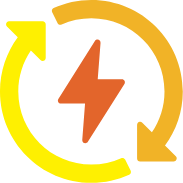
Sustainability Appeal
Consumers are increasingly choosing to support companies that prioritise sustainability, giving you a competitive advantage.
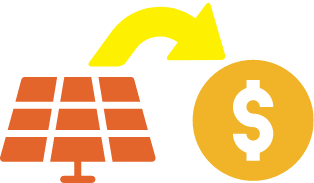
Government Incentives
The Australian government offers financial incentives for businesses adopting solar energy, making the initial investment more affordable.
Low Maintenance
Solar power requires minimal maintenance, allowing you to enjoy the benefits without the hassle of frequent upkeep or costly repairs.
What Our Customers Say
MAKING SOLAR EASY
Take control with solar power in 5 simple steps

Assessment
Before installation, our technician assess the business premises and its suitability for solar. This includes checking the roof orientation, angle, and structural integrity.

Design & Permitting
Based on the assessment, a solar power design is created that maximises energy production for your specific property. Before installation can begin, necessary permits from local authorities or energy providers are obtained.

Installation
Professional installers mount the solar panels on the roof or ground, install the inverter, and set up the monitoring system. The process typically takes a day or two, depending on the system’s size however, this can be longer in a large commercial setting.

Connection
Once installed, the system is connected to the business’s electrical grid and, if applicable, to the broader electricity grid.

Monitoring and Maintenance
After installation, the business owner can monitor their system’s performance and ensure it’s working efficiently. Regular maintenance checks, though infrequent, help in ensuring the system’s longevity.
View our work
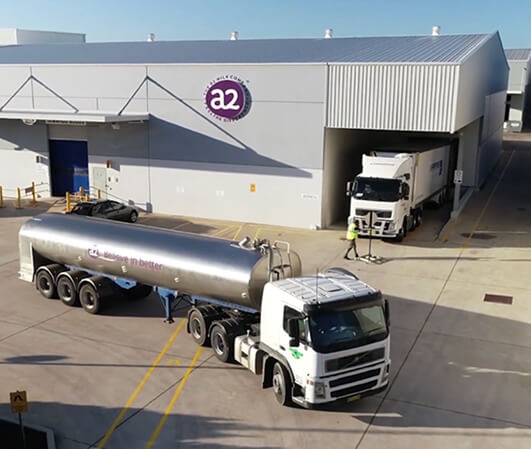
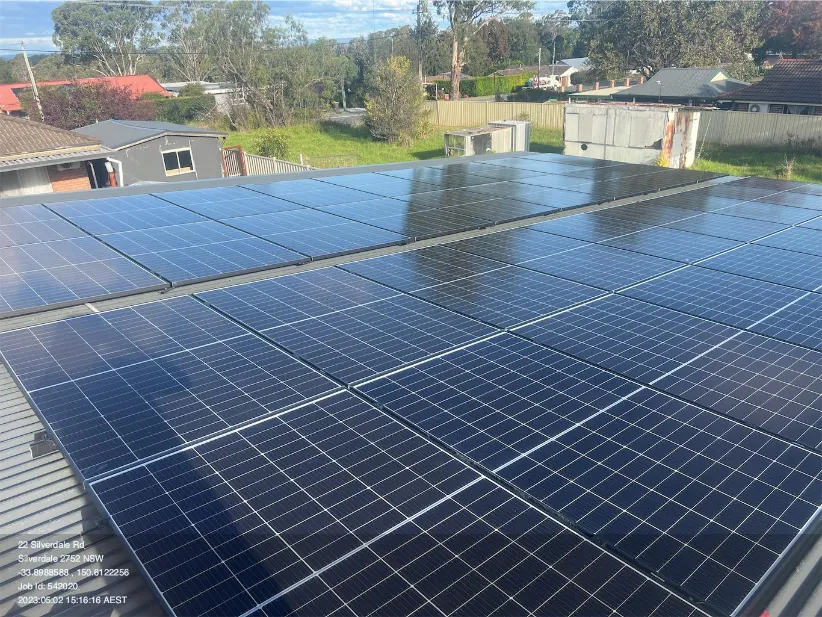
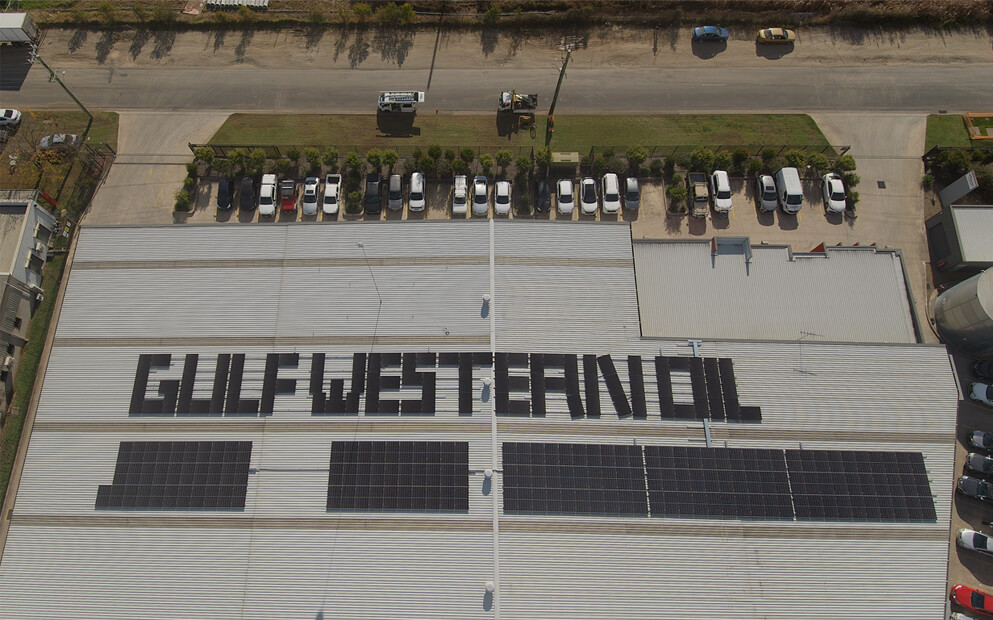
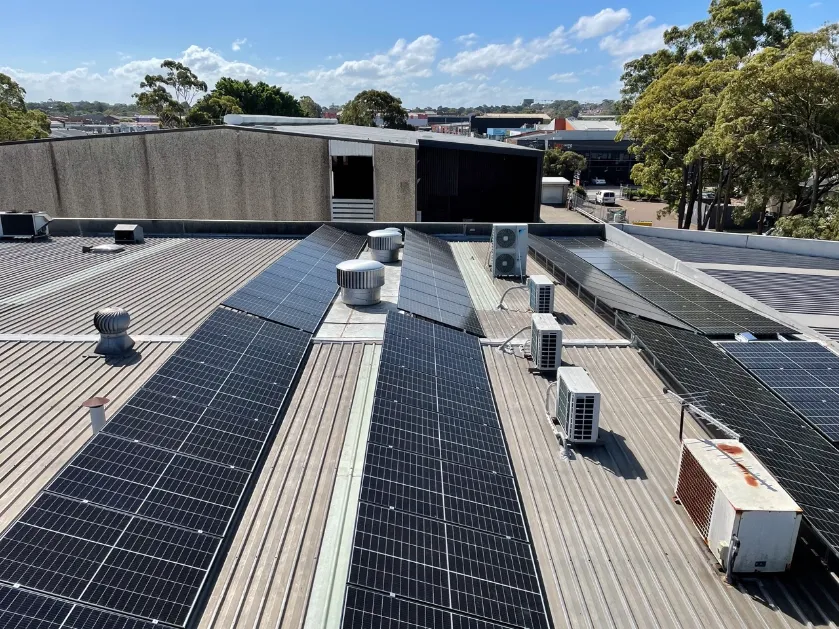
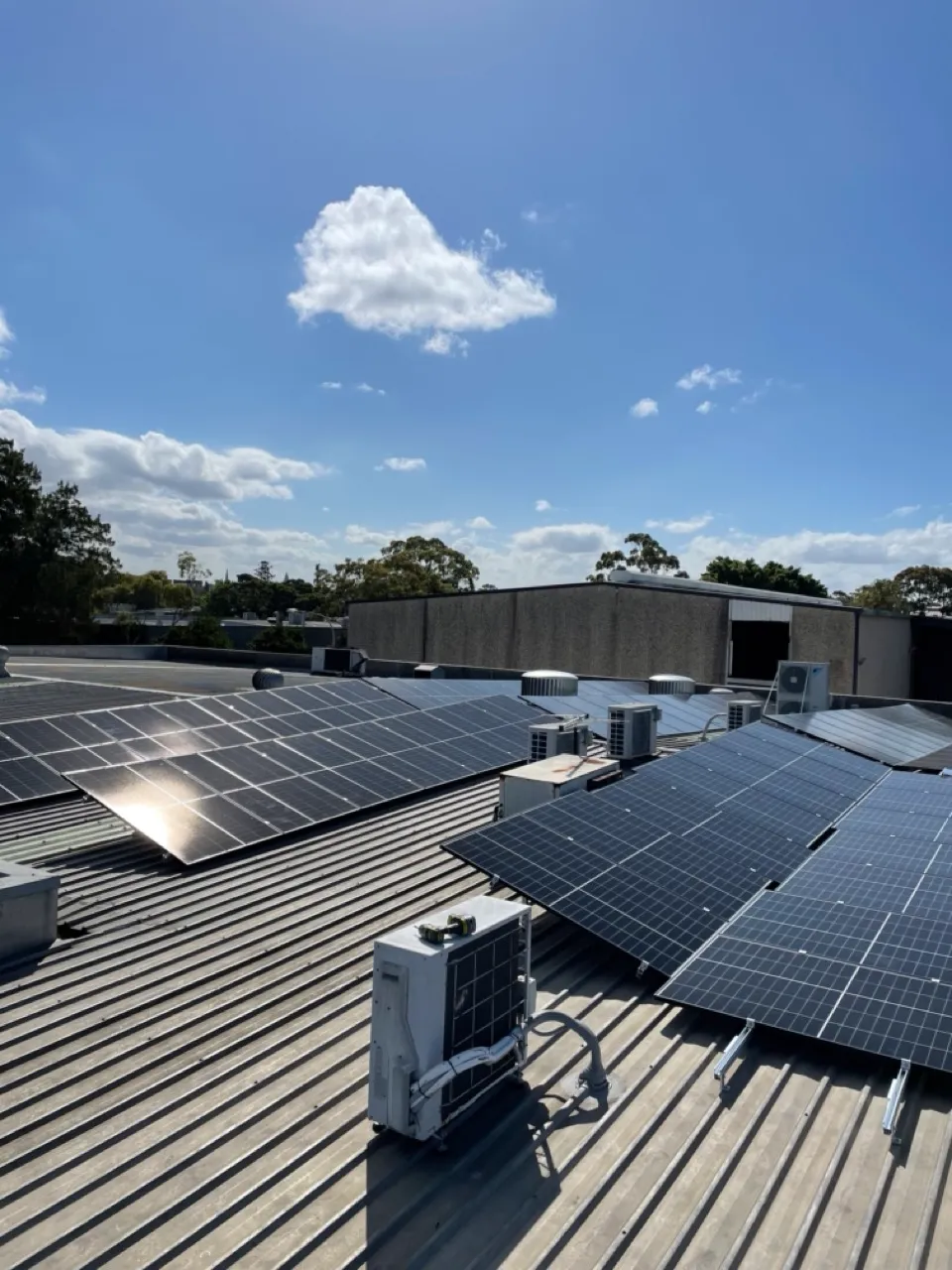
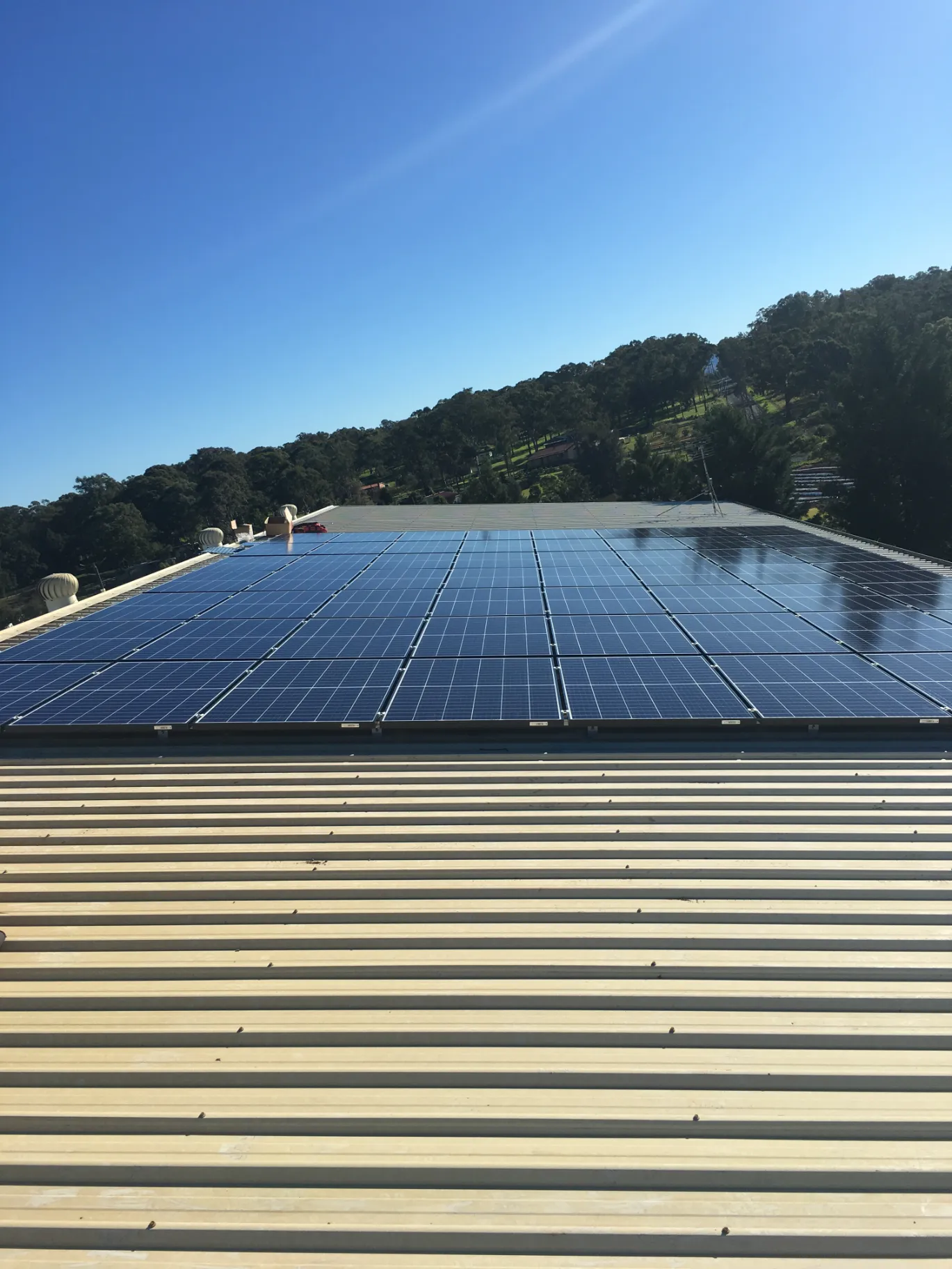
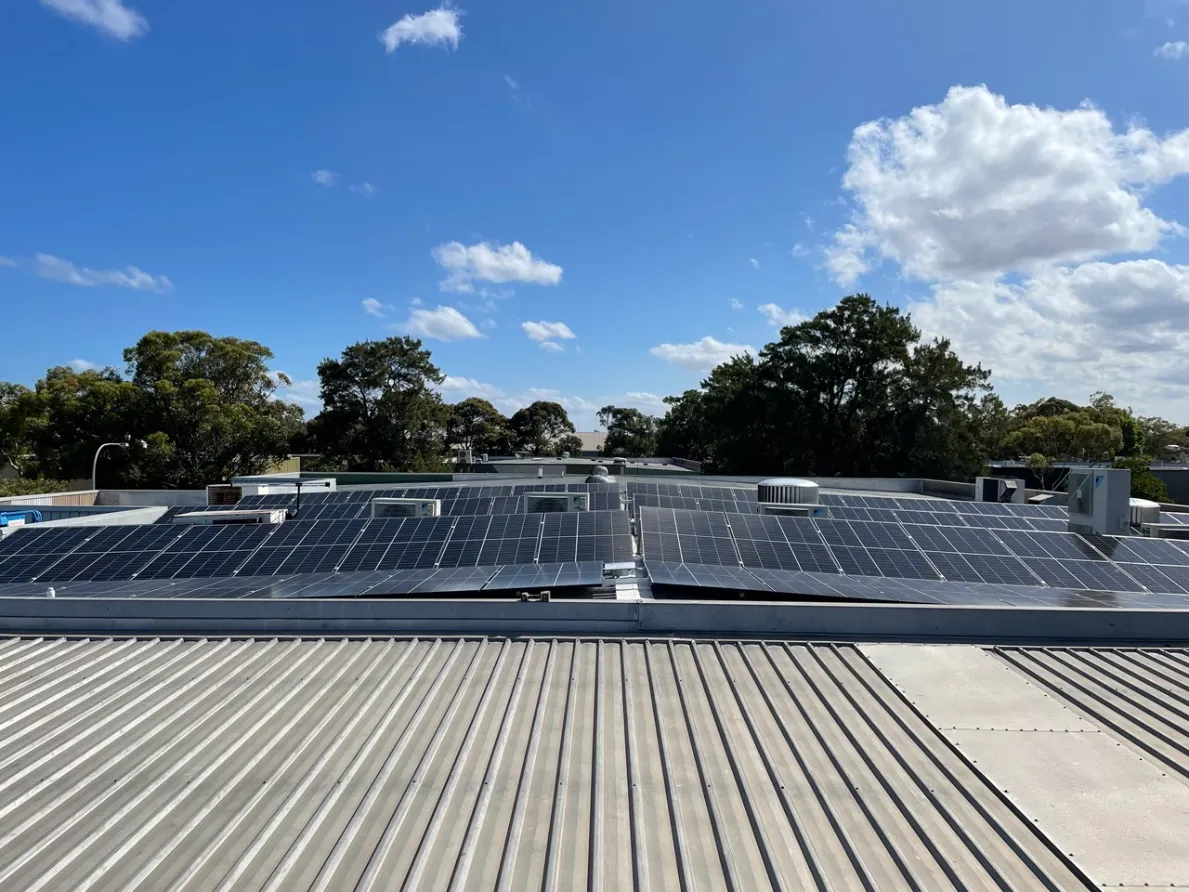
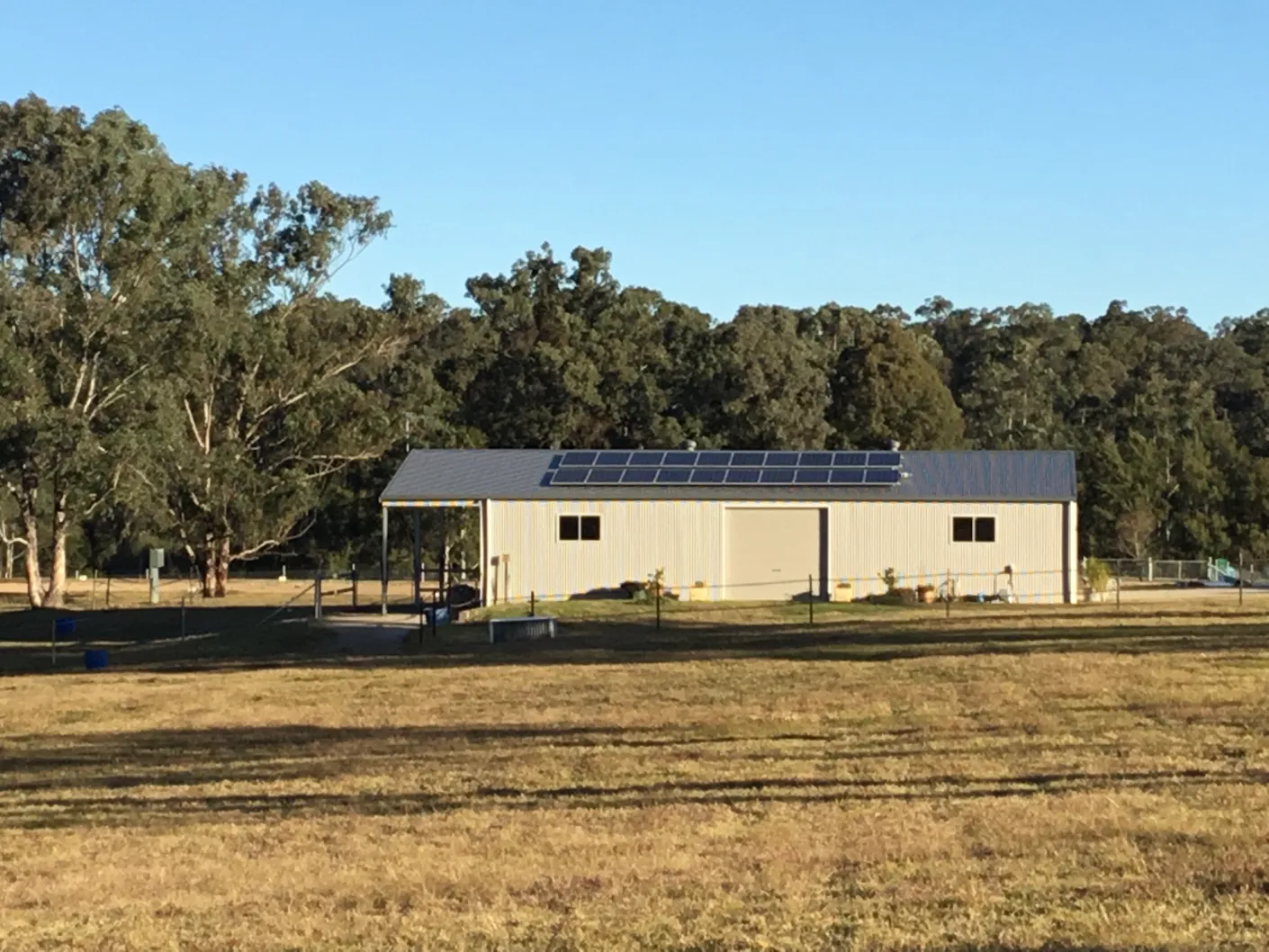
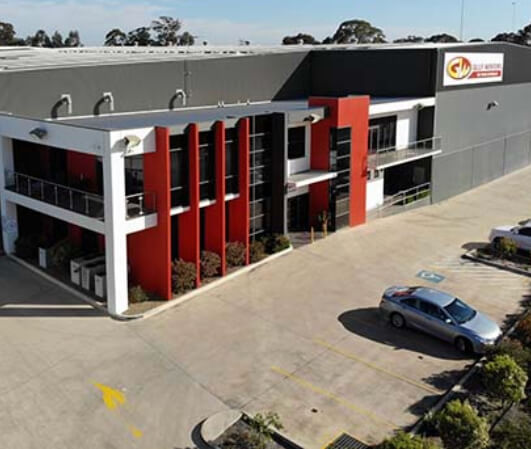
Trusted local partner
Working with Solar Partners is easy

Schedule a Call
Contact our team and we’ll book a free assessment where we will assess your roof space and previous energy bills and discuss your solar needs.

Start Saving Straight Away
We will have you saving money straight away with the design and installation the ideal solar system for your energy consumption.

Peace of Mind
Enjoy the peace of mind that comes from installing a quality system that delivers long-term by the team of professionals at Solar Partners.
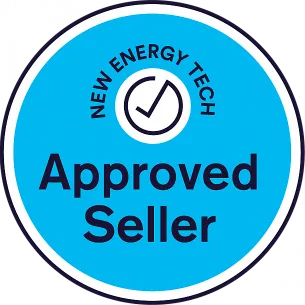
Proud to be a New Energy Tech Approved Seller
Committed to consumer protection and standards
Designed by peak industry and consumer bodies
Authorised by the ACCC
Standards for the complete customer journey
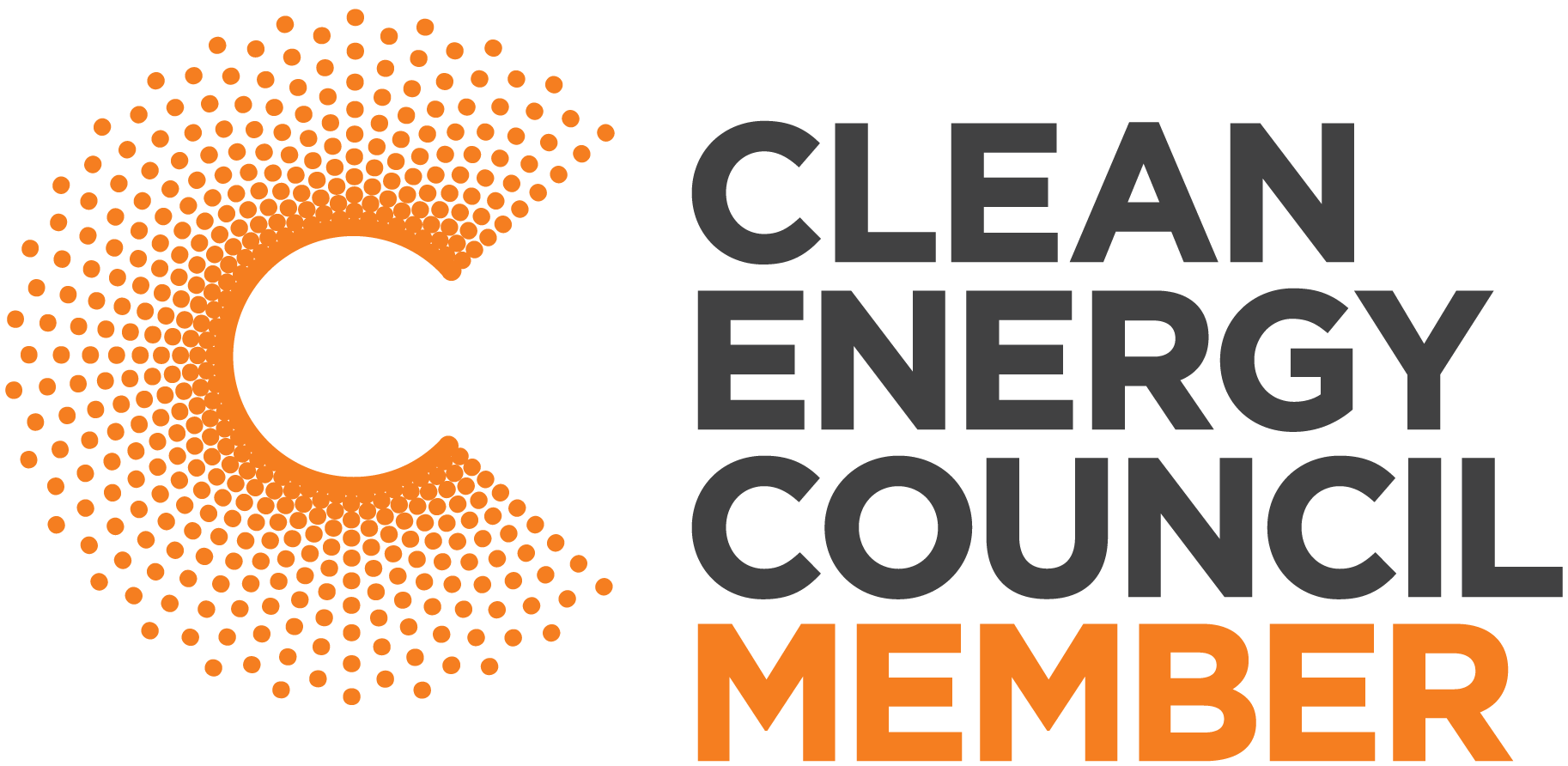



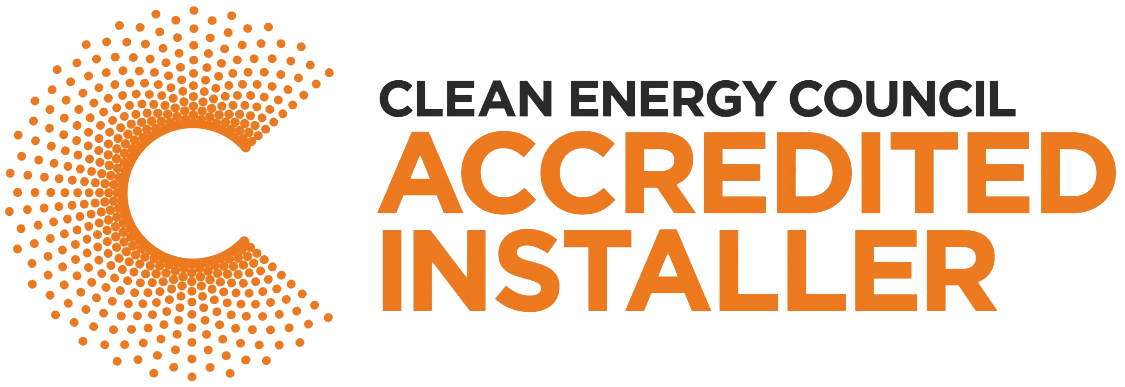
COMMERCIAL SOLAR
The Key Against Increasing Electricity Prices
Businesses are uniquely positioned to reap the benefits of solar energy.
By installing solar panels businesses stand to experience not only enhanced energy efficiency but also tangible reductions in operational costs.
Commercial solar is not just an eco-friendly choice but also a financially sound investment.
Significant Reduction in Operational Costs
By generating your own electricity, you can drastically cut down your energy expenses. This is especially relevant in NSW, where electricity tariffs have been on the rise.
Potential Revenue Stream
With feed-in tariff schemes in place, businesses in NSW can earn by selling their excess generated electricity back to the grid.
Sustainability and CSR
Adopting solar energy bolsters your Corporate Social Responsibility (CSR) profile, promoting your commitment to sustainable practices.
Tax Incentives and Rebates
The NSW government, along with federal agencies, offers various incentives, rebates, and tax breaks for businesses transitioning to solar, making the initial investment more affordable.
Energy Independence
With your own solar setup, you can shield your business from the volatility of energy markets and fluctuating electricity prices.

Choose Solar Partners
Business Excellence Beyond Installation
In the crowded marketplace of commercial solar providers, Solar Partners distinguishes itself not merely as an installer, but as a reliable partner in your journey towards sustainability.
Our dedication extends beyond the simple act of mounting panels on your premises. We focus on quality, expertise, and building business relationships, tailoring each installation to meet your organisation’s unique requirements.
Our experienced team offers deep industry insights, ensuring flawless integration with cutting-edge technology. What truly sets us apart, however, is our unwavering commitment to post-installation support and customer satisfaction.
With Solar Partners, your business isn’t just switching to solar energy; you’re becoming part of a professional community committed to excellence, innovation, and a more sustainable future.
Frequently asked Questions
How does solar work?
Solar Panels Capture Sunlight
Solar panels, made up of photovoltaic (PV) cells, are installed on rooftops or open areas in businesses and commercials. These panels capture sunlight and convert it into direct current (DC) electricity.
Conversion to Usable Electricity
The DC electricity is then passed through an inverter, which converts it into alternating current (AC) electricity. AC is the standard form of electricity used in businesses to power lights, appliances, and other devices.
Distribution
Once converted, the electricity is distributed throughout the business, just like electricity from the grid.
Excess Energy Storage or Feed-in
If the solar system produces more electricity than the business needs, the excess can be stored in batteries for later use or fed back into the grid, earning the business owner credits or even income, depending on local regulations and feed-in tariff schemes.
What is the installation process for solar?
Assessment
Before installation, professionals assess the business’s suitability for solar. This includes checking the roof’s orientation, angle, and structural integrity.
Design
Based on the assessment, a solar system design is created that maximises energy production for the specific property.
Permitting
Before installation can begin, necessary permits from local authorities or energy providers are obtained.
Installation
Professional installers mount the solar panels on the roof or ground, install the inverter, and set up the monitoring system. The process typically takes a day or two, depending on the system’s size.
Connection
Once installed, the system is connected to the business’s electrical grid and, if applicable, to the broader electricity grid.
Monitoring and Maintenance
After installation, business owners can monitor their system’s performance and ensure it’s working efficiently. Regular maintenance checks, though infrequent, help in ensuring the system’s longevity.
What are the Financial Benefits of Commercial Solar Installation?
Commercial solar installations can offer significant cost savings on electricity bills, with the potential for a return on investment in just a few years. Additionally, various government incentives and tax benefits can further enhance the financial viability of switching to solar.
What equipment is installed?
Solar Panels (Photovoltaic Panels)
These are the primary components that capture sunlight and initiate the energy conversion process.
Inverter
This device converts the DC electricity generated by the solar panels into AC electricity suitable for commercial use.
Mounting Equipment
These are the structures on which solar panels are mounted. They ensure the panels are securely attached to rooftops or ground mounts.
Solar Batteries (Optional)
For businesses that want to store excess energy, solar batteries can be installed. They store surplus electricity for use during nighttime or cloudy days.
Monitoring System
Many modern solar installations come with monitoring systems that allow business owners to track their energy production and consumption in real-time.
What are the environmental benefits of solar?
Our planet is at a pivotal point. The environmental challenges we face today, from rising temperatures to polluted air, demand immediate action. Solar energy stands out as an eco-friendly solution that not only powers our homes and businesses but also protects our environment. Embracing solar is not just a step towards sustainable energy; it’s a stride towards a cleaner, greener planet.
Solar energy is one of the cleanest sources of energy and will help:
Reduce Your Carbon Footprint. Unlike other energy sources, solar panels do not release harmful carbon dioxide or pollutants. This means a significant reduction in harmful emissions.
Combat Climate Change. By transitioning to solar energy, we can reduce the greenhouse gas emissions responsible for global warming, making a significant impact in the fight against climate change.
What are feed-in tariffs?
Feed-in Tariffs: Turn Your Excess Solar Energy into Savings
Harnessing the power of the sun through solar panels not only reduces your electricity bills but can also become a source of income. Here’s how:
When your solar panels produce more electricity than your household or business consumes, this excess energy doesn’t go to waste. Instead, it’s fed back into the electricity grid, and you get compensated for it. This compensation is known as a ‘feed-in tariff’.
Benefits of Feed-in Tariffs
Financial Rewards: With feed-in tariffs, you’re essentially turning your solar installation into a mini power station. Every kilowatt-hour of excess energy you export to the grid translates to credits on your electricity bill. Over time, these credits can add up, offsetting your energy costs or even resulting in a net positive bill where the energy company owes you.
Supporting the Grid: By feeding your surplus solar energy back into the grid, you’re supporting the broader community. This distributed energy can help reduce the load on power stations during peak times, leading to a more resilient and efficient energy system.
Encouraging Renewable Energy
Feed-in tariffs serve as an incentive for more households to adopt solar energy. The more businesses feed solar energy back into the grid, the less reliant the community becomes on fossil fuels, promoting a cleaner and more sustainable energy future.
Flexibility and Control
Many solar systems come with advanced monitoring capabilities. You can track how much energy you’re producing, consuming, and exporting back to the grid. This data empowers you to make informed decisions, such as the best times to use energy-intensive appliances to maximise your feed-in tariff earnings.
Feed-in tariffs offer a win-win situation. Businesses benefit financially from their excess solar energy, while the community enjoys a more sustainable and reliable energy supply. If you’re considering solar, it’s essential to check the feed-in tariff rates offered by different energy providers to ensure you’re getting the best deal.
